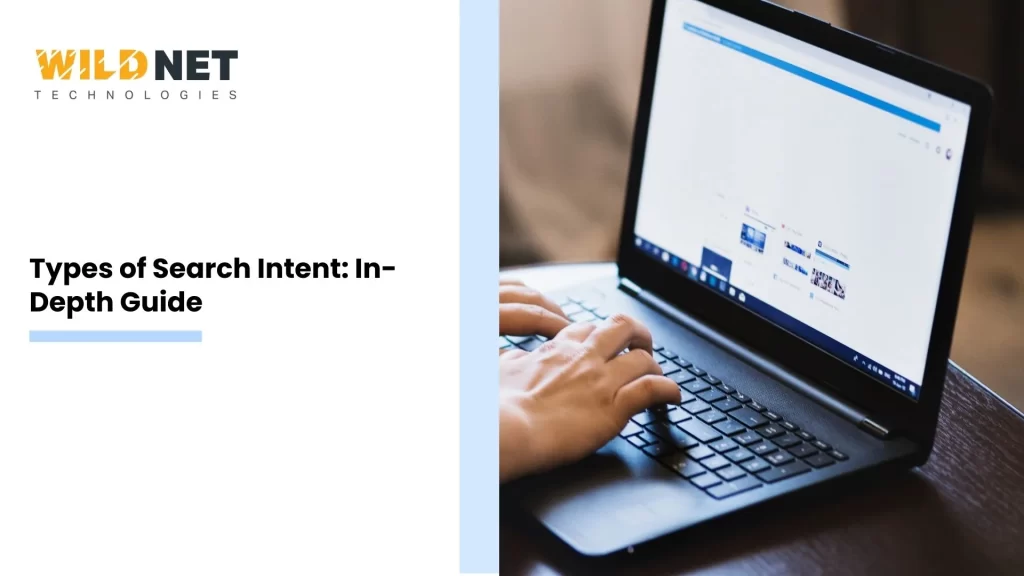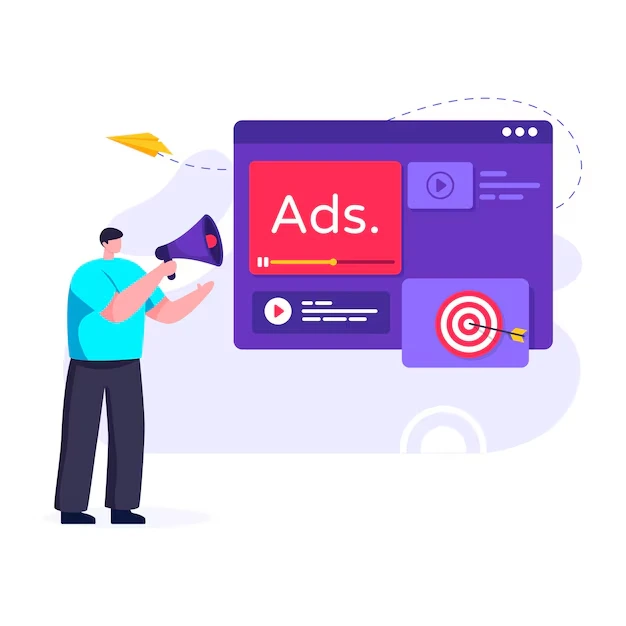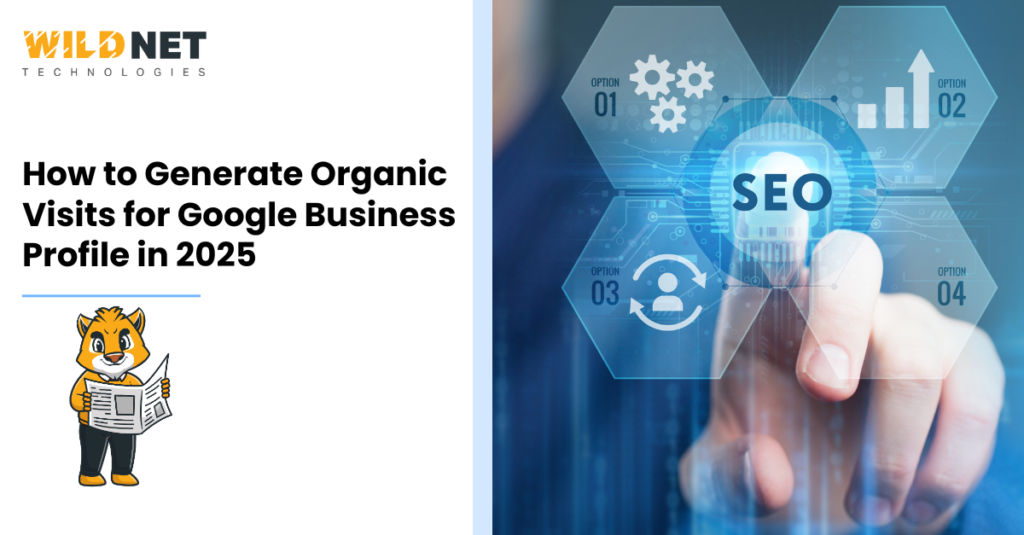Search intent, sometimes called user intent, is the reason behind a user’s search query. It represents the underlying motivation that prompts users to type specific words into a search engine. Understanding the intent behind searches allows you to tailor your content to meet the needs of your audience better, improving both user satisfaction and search engine rankings. By grasping the nuances of search intent, businesses can create more targeted content that attracts potential customers and retains them by answering their specific questions or fulfilling their needs.
Moreover, search intent can be seen as the cornerstone of successful SEO strategies. When you align your content with search intent, you improve the chances of your website appearing in relevant search results, leading to higher visibility and traffic. This alignment helps boost your rankings and enhances the user experience, as visitors find the information they’re looking for more easily. By consistently delivering content that resonates with user intent, you build trust and credibility, which are crucial for long-term success in the competitive digital landscape.
There are four main types of search intent: informational, navigational, transactional, and commercial investigation. Each type reflects a different stage in the user journey and requires a different approach to content. Understanding these types allows you to position your content appropriately, ensuring that it addresses the specific needs of users at various stages of their search journey.
Informational Intent
Informational intent is when users seek information or answers to their questions. They might be trying to learn how something works, understand a concept, or find an answer to a specific question. This type of intent is often associated with early stages in the buyer’s journey, where users gather information and explore their options.
For example, someone might search for “how to fix a leaky faucet” or “history of the Roman Empire.” When creating content for informational intent, focus on providing clear, concise, and accurate information that addresses the user’s query. Additionally, incorporating various media such as videos, infographics, and interactive elements can enhance understanding and engagement. By doing so, you satisfy the immediate query and build authority and trust, encouraging users to return to your site for future information needs.
Navigational Intent
Navigational intent occurs when users try to find a specific website or page. They already know where they want to go and use the search engine as a shortcut to get there. This type of search intent is often brand-specific, indicating that users are already familiar with the brand or service they are seeking.
Examples include searches like “Facebook login” or “YouTube homepage.” For businesses, ensuring that your site is easy to find and your brand name is well-known can help users with navigational intent reach your pages quickly. Enhancing brand visibility through SEO and consistent online presence ensures that users find exactly what they are looking for without any hassle when searching for your brand. Maintaining a strong social media presence can reinforce brand recognition and make it easier for users to locate your digital properties.
Transactional Intent
Transactional intent is when users are ready to purchase or complete a transaction. They’ve researched and are now looking to buy a product or service. This stage is crucial for conversions, as users seek straightforward paths to complete their transactions.
Searches with transactional intent might include phrases like “buy running shoes” or “order pizza online.” To capture this audience, ensure your product pages are optimized with clear calls to action, easy navigation, and secure checkout processes. Furthermore, offering promotions or discounts can entice users to complete their purchases. By addressing concerns related to payment security and providing excellent customer service, you can build trust, encourage repeat purchases, and foster customer loyalty.
Commercial Investigation Intent
Commercial investigation intent is slightly different from transactional intent. Users are looking to purchase but are still in the decision-making process. They might be comparing products or looking for reviews and recommendations. This stage is characterized by users seeking reassurance and validation before committing to a purchase.
For example, searches like “best smartphones 2023” or “top-rated coffee makers” indicate commercial investigation intent. Content that caters to this intent should include detailed comparisons, reviews, and buying guides to help users make informed decisions. Additionally, engaging users through interactive content such as quizzes or calculators can guide them towards the best choice. By providing trustworthy and transparent information, you can assist users in making informed decisions, positioning your brand as a reliable resource in their purchasing journey.
How to Classify the Types of Search Intent
Understanding search intent is one thing, but how do you classify it? Search engines use complex algorithms to determine the intent behind a query, but as a content creator, you can use a few strategies to classify intent. Recognizing and categorizing search intent allows you to tailor your content more effectively, ensuring it meets the specific needs of your audience.
The words and phrases used in a search query can give you clues about the user’s intent. For example, questions typically indicate informational intent, while words like “buy” or “order” suggest transactional intent. By examining the language of a query, you can deduce the user’s purpose and craft content that directly addresses their needs.
Additionally, identifying action-oriented words or specific brand names can help determine whether the intent is navigational or transactional. By continuously analyzing search queries, you can adapt your content strategy to align with evolving user expectations and preferences, ensuring your content remains relevant and valuable.
Looking at the top-ranking results for a query can also help you understand the intent. If most of the results are informational articles, the intent is likely informational. If they’re product pages, the purpose is expected to be transactional. This approach provides insights into how search engines interpret the intent and what users expect to find when they enter specific queries.
By observing patterns in search engine results, you can adjust your content to better compete in search rankings. Regularly analyzing search results helps you understand current trends and keeps you informed about competitors’ strategies, allowing you to refine your content for improved performance.
Tools are available that can help you classify search intent. These tools analyze search queries and categorize them based on common patterns and trends. Utilizing such tools can save time and provide more precise insights into user intent, allowing you to focus on content creation and strategy refinement.
These tools often leverage machine learning and large datasets to provide accurate intent classification, making them valuable resources for marketers aiming to optimize their content strategies. By integrating these tools into your workflow, you can stay ahead of the curve and ensure your content consistently meets your audience’s needs and expectations.
How to Optimize Content for All Types of Search Intent
Once you understand the intent behind your audience’s searches, you can optimize your content to meet their needs. Here are some tips for each type of search intent, designed to help you create content that resonates with your target audience and enhances their search experience.
- Create In-Depth Content: Comprehensively answer common questions and cover topics thoroughly. This will satisfy user queries and establish your site as an authority in your niche.
- Use Clear Headings: Break content into sections with clear, descriptive headings to help users quickly find the information they need. This improves readability and ensures users can navigate your content with ease.
- Include Visuals: Use images, infographics, and videos to enhance understanding and engagement. Visual elements can simplify complex topics and keep users engaged, reducing bounce rates and encouraging extended visits.
- Ensure Easy Navigation: Ensure your site is easy to navigate and your pages are easy to find. A user-friendly design and intuitive layout can significantly improve user experience and satisfaction.
- Brand Visibility: Build awareness to ensure users recognize your brand and can easily find your site. Consistent branding across all platforms reinforces your identity and makes it easier for users to locate your content.
- Use Strong Calls-to-Action: Encourage users to purchase with clear, compelling calls-to-action. These should be strategically placed to guide users seamlessly through the buying process.
- Optimize Product Pages: Ensure product pages are detailed, with high-quality images, descriptions, and customer reviews. Providing comprehensive product information builds confidence and aids in decision-making.
- Streamline Checkout Process: Make the purchase process as smooth and secure as possible. A simple, secure checkout process can reduce cart abandonment and enhance customer satisfaction.
- Provide Comparisons: Offer comparisons of similar products to help users weigh their options. This assists users in evaluating their choices and making informed decisions.
- Include Reviews and Testimonials: Share customer reviews and testimonials to build trust and aid decision-making. Authentic feedback from other customers can significantly influence purchasing decisions.
- Create Buying Guides: Develop comprehensive buying guides that outline key features and considerations. These guides can address common concerns and highlight the benefits of your products, helping users make educated purchases.
Conclusion: Leveraging the Types of Search Intent
Understanding and leveraging types of search intent is essential for creating content that resonates with your audience and ranks well in search engines. By recognizing the different kinds of search intent informational, navigational, transactional, and commercial investigation you can tailor your content strategy to meet the needs of your users and drive more traffic to your site.
Remember, the key to successful content optimization is providing value. By aligning your content with the intent behind user searches, you improve your SEO and enhance the user experience, ultimately leading to higher engagement and conversion rates. A trusted SEO company in India can help you understand and implement strategies based on search intent, ensuring your content performs effectively. In a constantly evolving digital landscape, staying attuned to search intent ensures your content remains relevant, helpful, and impactful, fostering sustained growth and success.
FAQs
1. What are the four types of search intent?
Ans. The four main types of search intent are informational, navigational, transactional, and commercial investigation. Each reflects a different stage of the user journey.
2. Why are the types of search intent important for SEO?
Ans. Understanding these intent types helps you create content that matches what users are searching for, which improves rankings, user satisfaction, and conversions.
3. How can I identify the type of search intent behind a keyword?
Ans. You can analyze keyword phrasing, review the top-ranking search results, and use SEO tools that categorize intent based on patterns and search behavior.
4. Can one search query have more than one intent?
Ans. Yes. Some queries are ambiguous and can overlap, such as “best laptops” which may be informational or commercial, depending on context.
5. How do search engines determine the types of search intent?
Ans. Search engines analyze user behavior, query language, and click patterns using complex algorithms and machine learning models to identify user intent.






